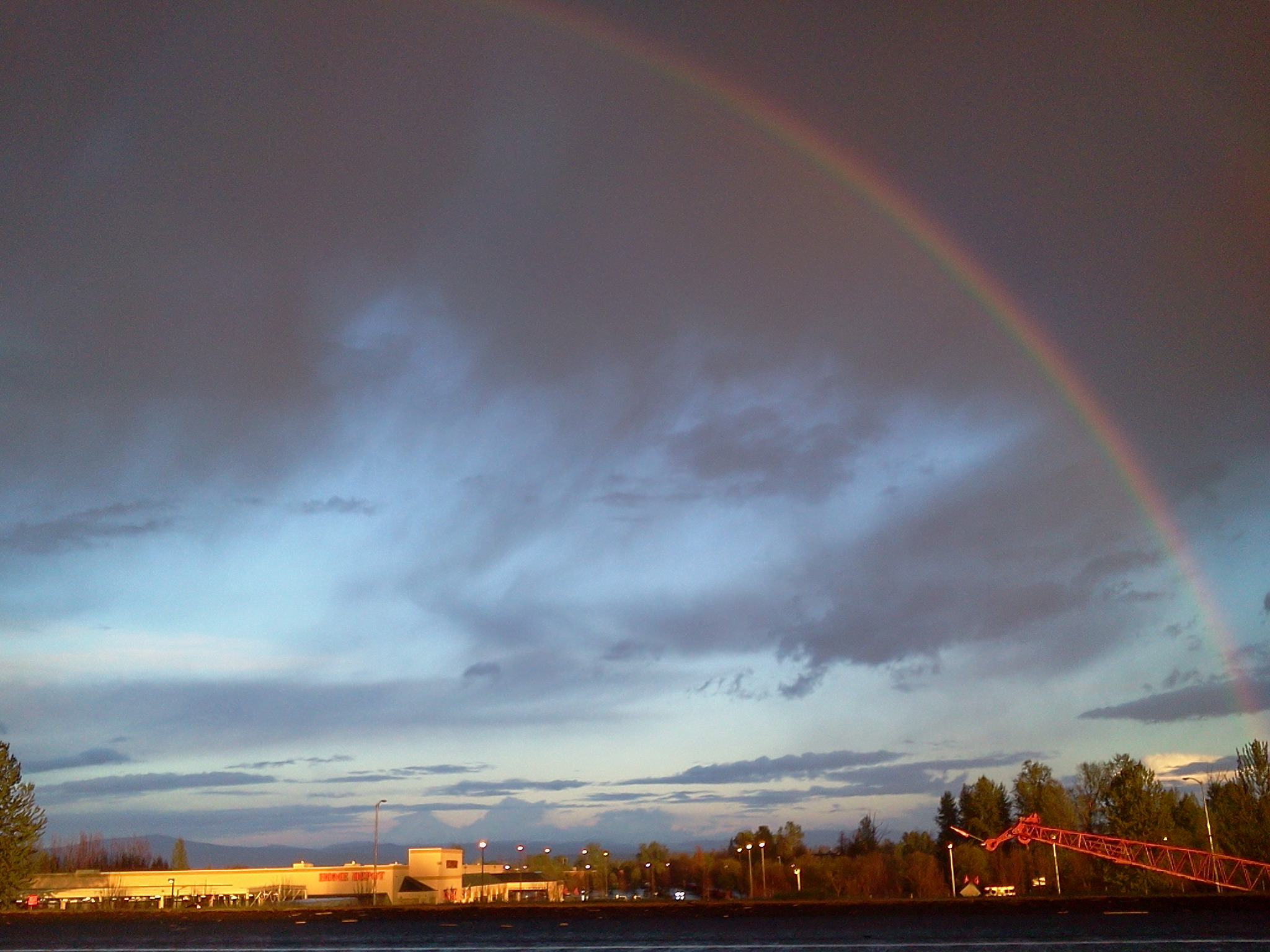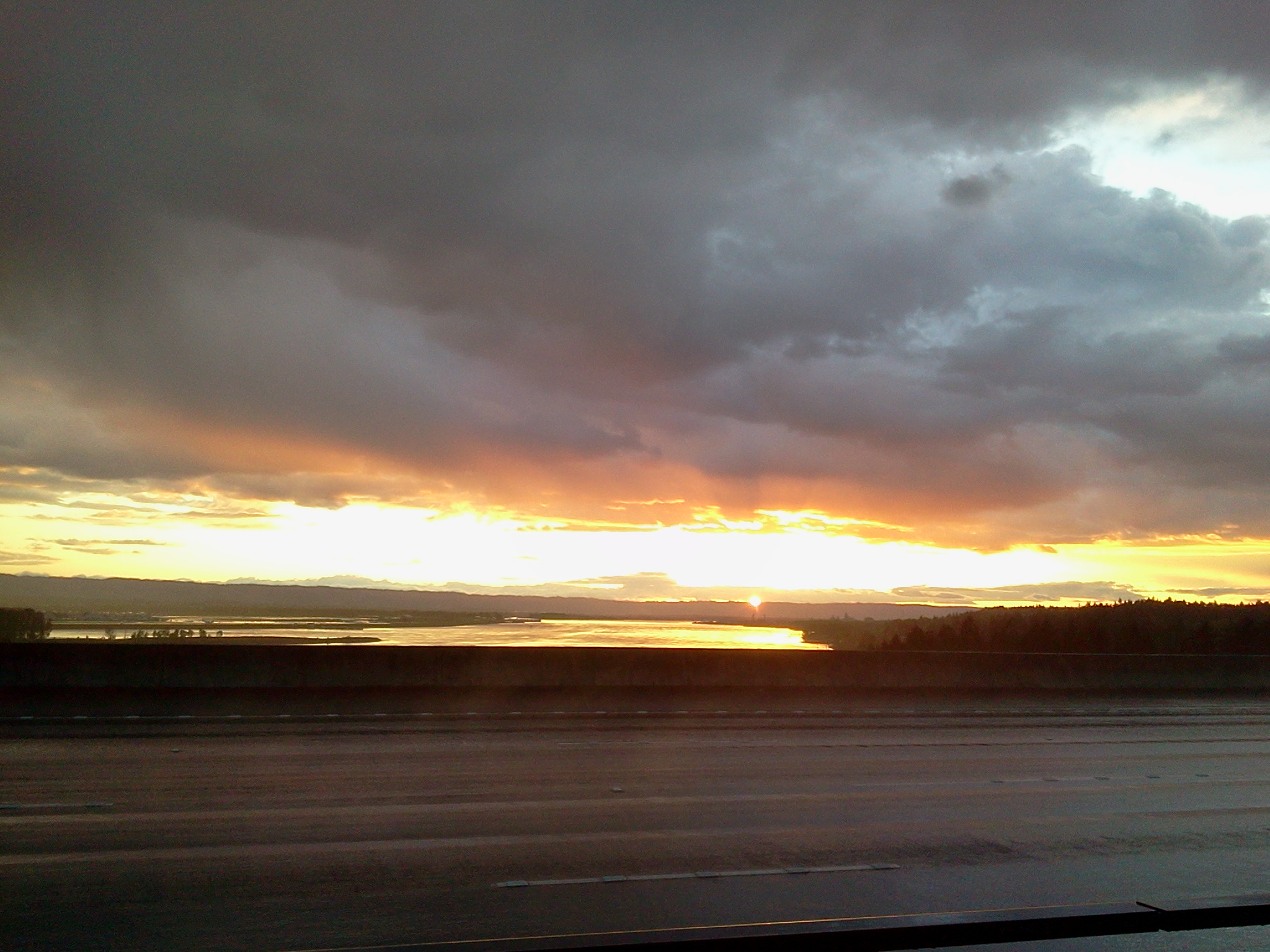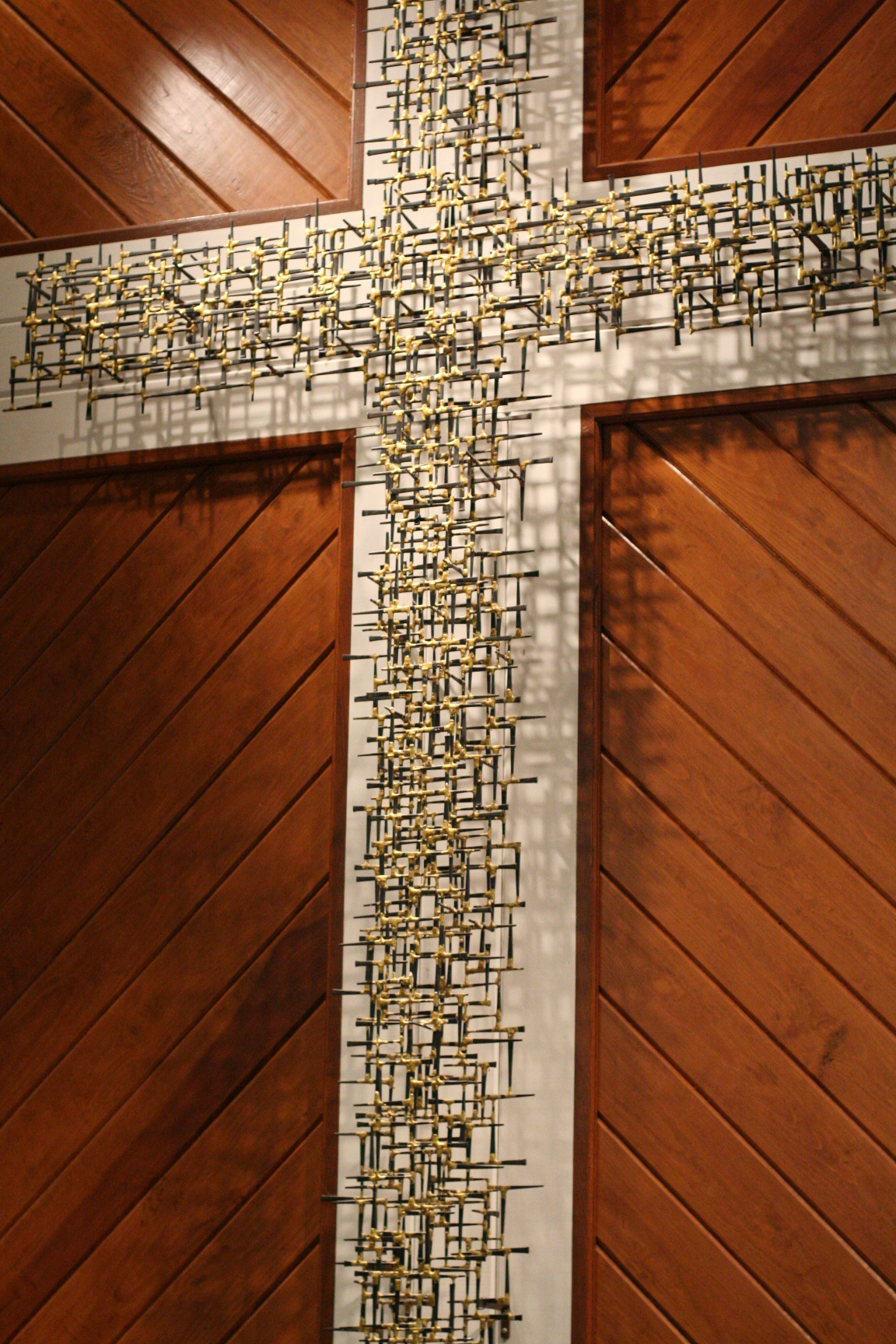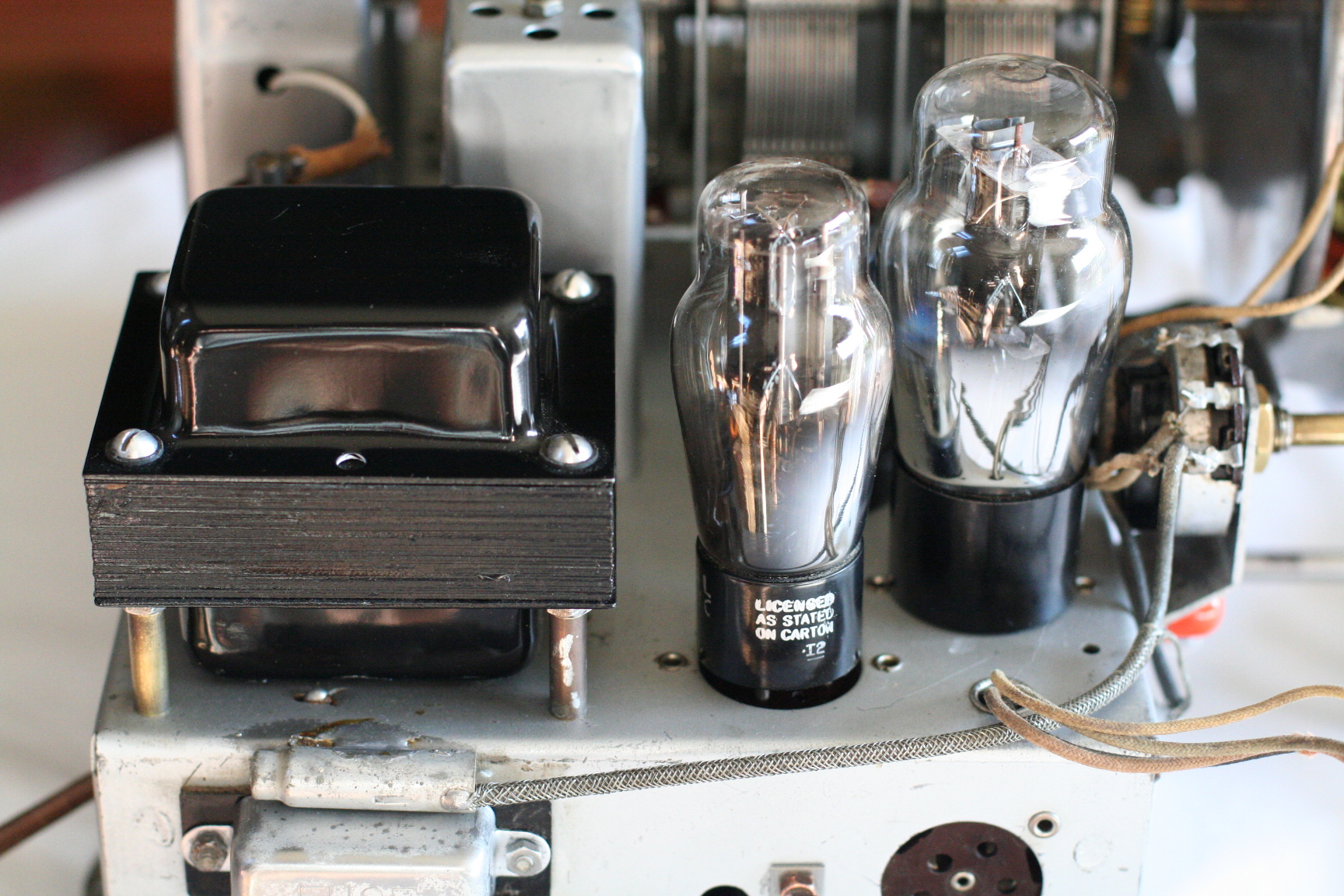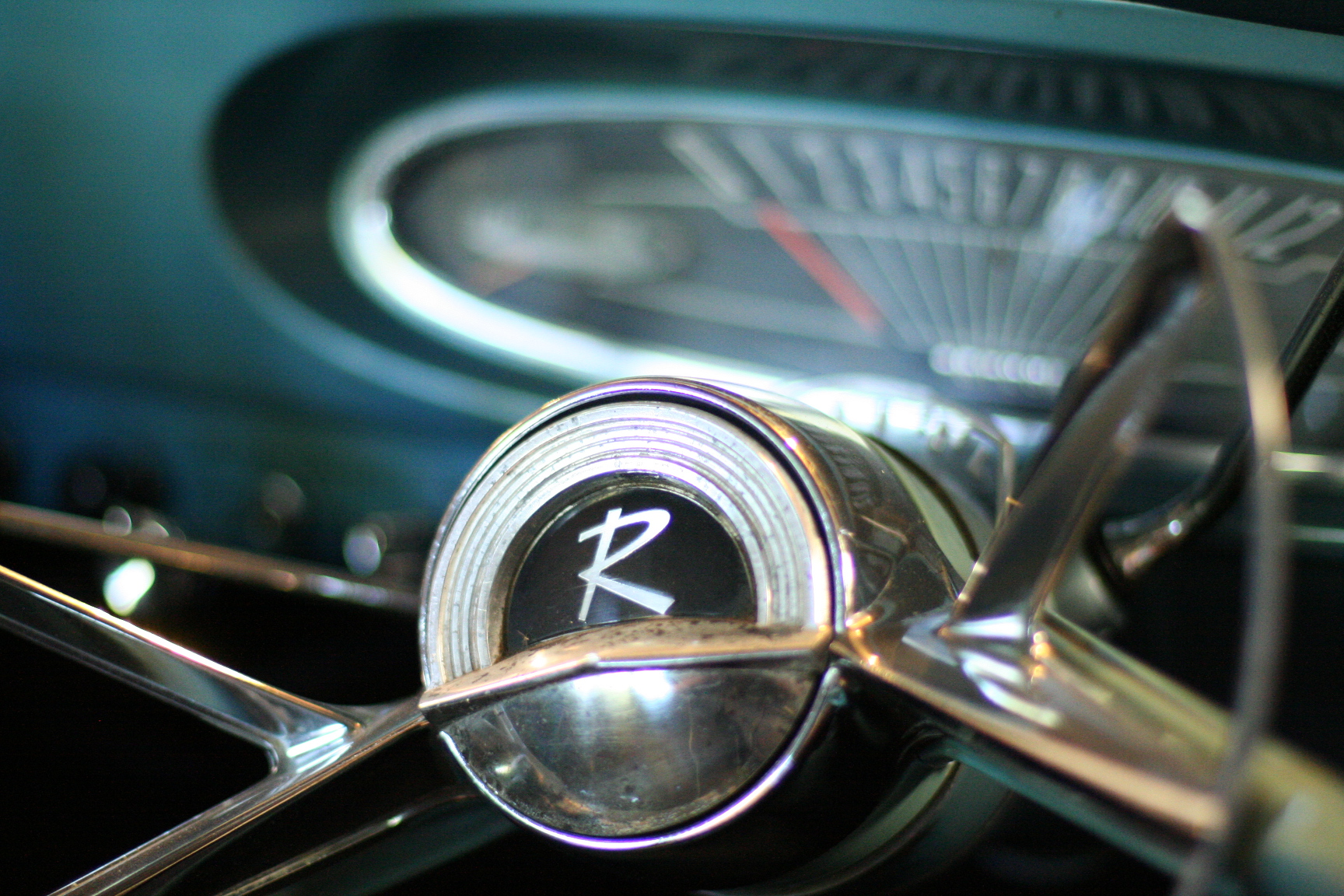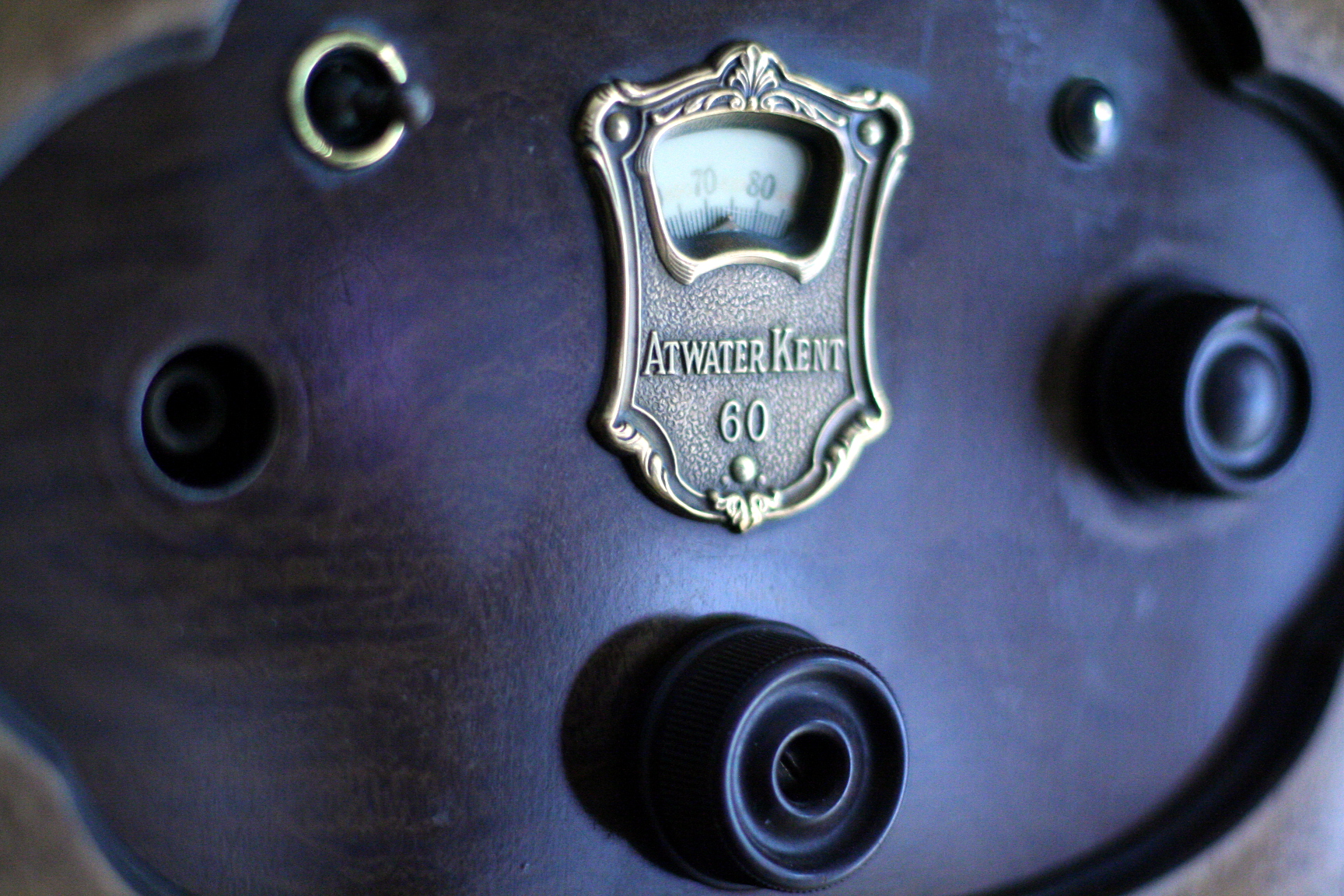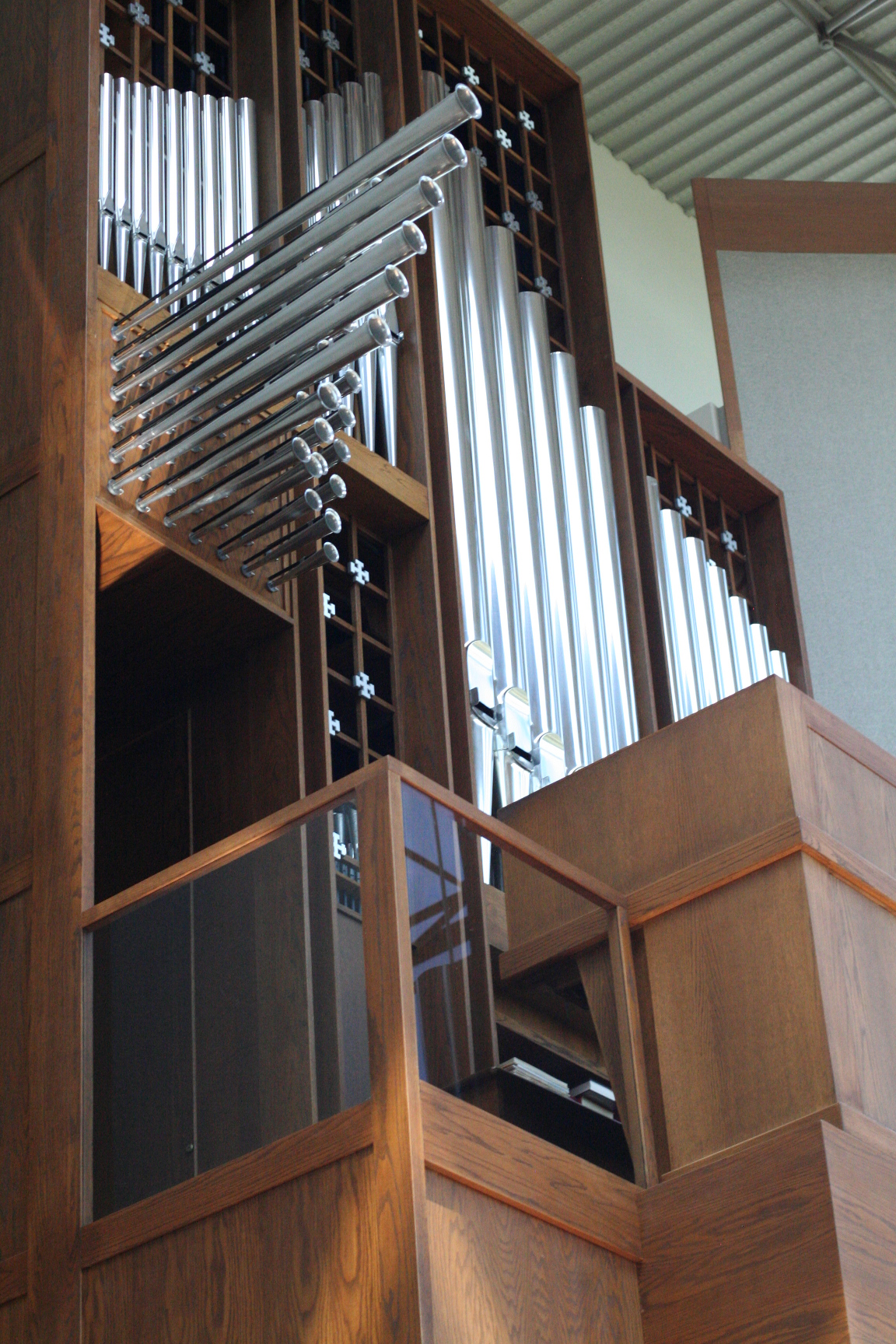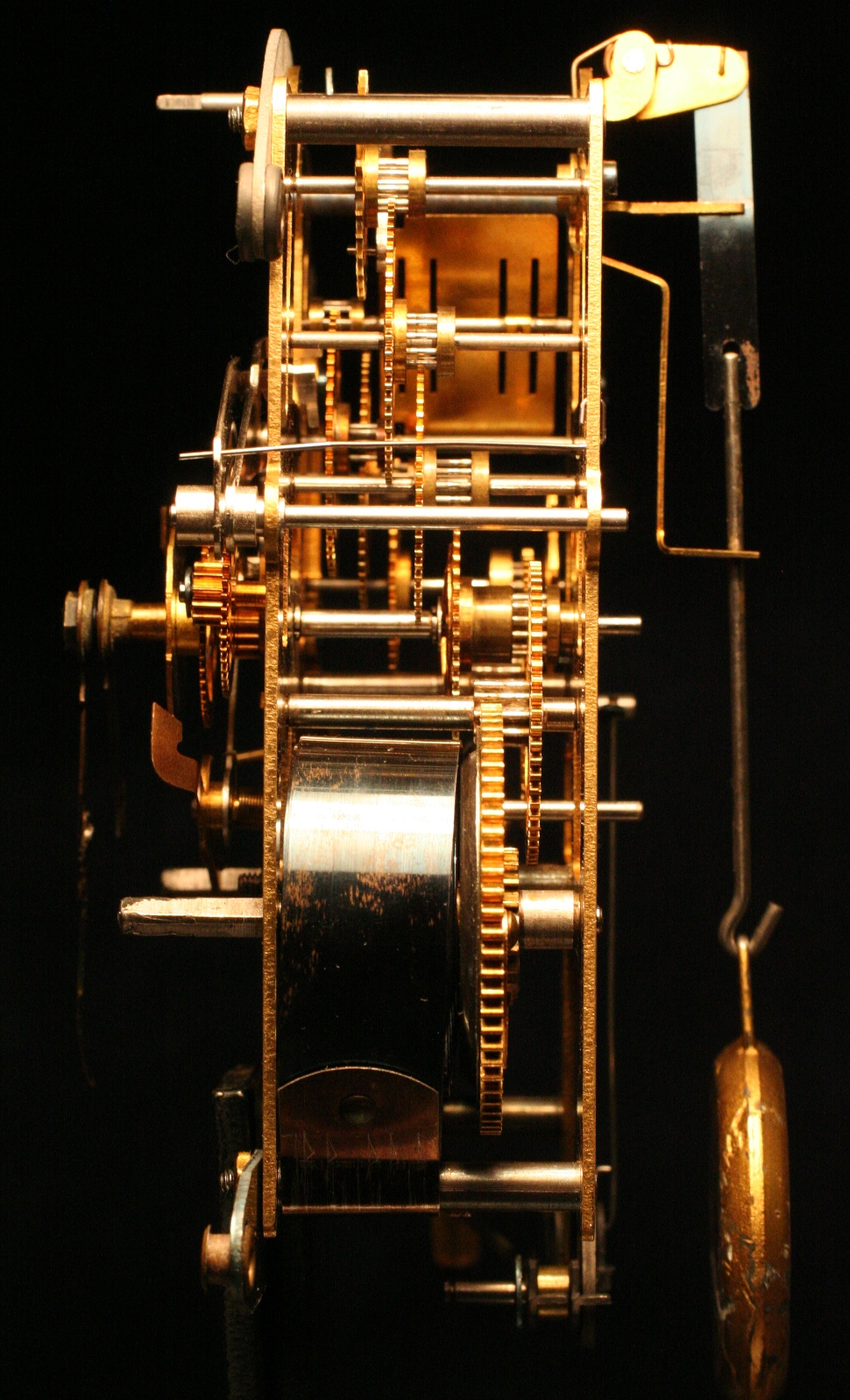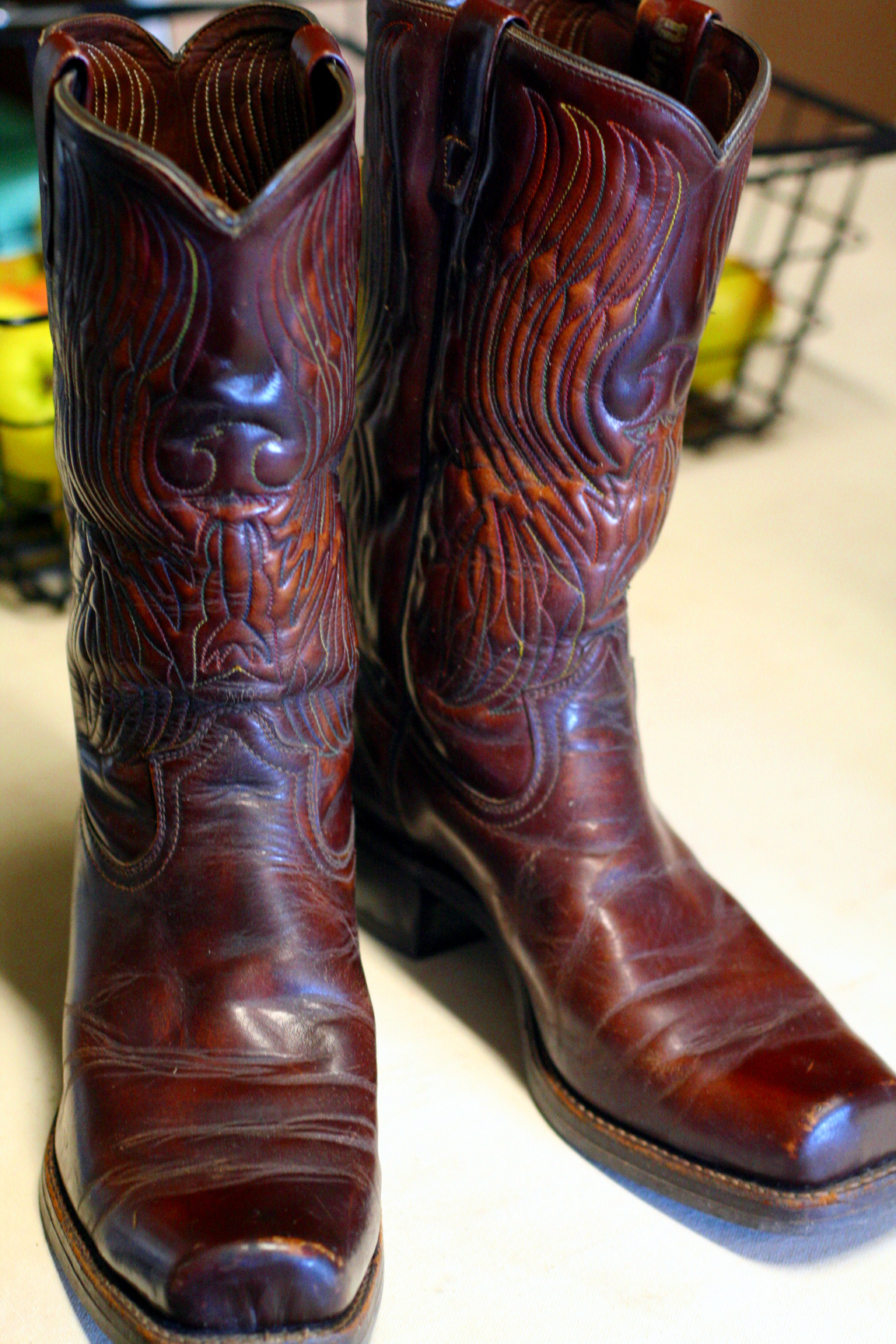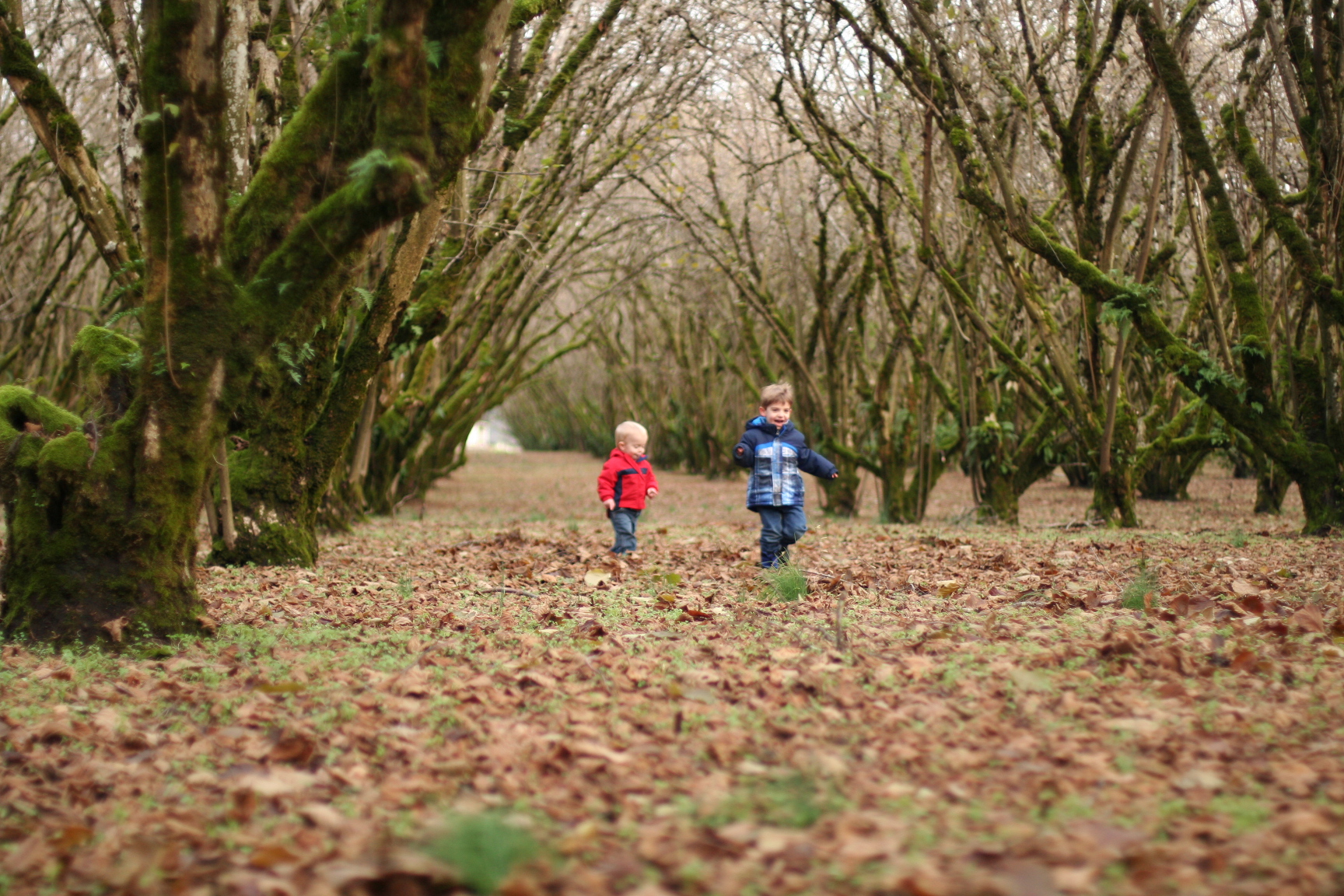There is a bend in Highway 20 between where I grew up and the freeway. At this bend there stood the Cottonwood Ballroom. Grandpa said that Harry James played there, back in the day, but I remember it as being dilapidated and unused. At that same bend is an intersection, and the road that goes off to the East is the way to Russ and Helen’s.
Every Friday night, the Grohn’s would go there, often stopping at the Cottonwoods convenience store where Dad would pick up a two-liter bottle of soda. In the fall and winter, we got there in the dark, and as we reached the end of the gravel driveway, Dad would swing the car wide so the high-beams would scan across the empty field and we might see the glow of deer eyes looking back at us.
It was an old two-story farmhouse, painted white, built on a high foundation because in the years before the dams were built, it would flood every year. Just inside the back door, the wood stove was burning full tilt.
This was Quartet practice. The Quartet was Mom and Dad, and Doug and Sandie, another couple from church. They sang four-part harmony on many Sundays in church. Helen was the organist at Bethlehem Lutheran, and she played organ for the Quartet too. From her Hammond and the four voices practicing in her living room, I learned the sounds of harmony. This is one of the three things in my childhood to which I attribute my musical affinity for harmony.
I grew up out in the country, outside of town a few miles, but this was farther out. It was quieter at night, farther from the highway. The big white barn no longer sheltered livestock, but there was still some mouldering hay in the loft. Bats and owls were the occupants of the space, evidenced by the piles of guano and some owl pellets. While the guano was bat droppings, the owl pellets were something else altogether. The undigestable remains of the rodents the owls had dined on became smooth round balls of hair and bone which the owls then horked up and left for us to find. Gross? No – awesome! By disassembling these dried out pellets the skeletons of owl food could be recovered. This was much easier than getting skeletons in other ways that involved a live or recently deceased animal, but relied on the great fortune of finding owl pellets in the first place. (Have I mentioned that Dad was a science teacher?)
At Quartet practice, us kids would play while the grown-ups sang. There were a couple tins of classic Tinkertoys, the pieces skinnier than the ones made today. There were matchbox cars and children’s books. I read about the Pilgrims, and how Squanto taught them to plant corn.
Russ was Helen’s husband and a man of few words. There was a joke about one of his phrases being “dad-gommit!” He had his special chair in the living room. One Friday night, Dad said that Russ wanted to show me something, so I went to Russ who was sitting in his chair. It was a BB gun, the plastic stock slightly melted, probably from being too close to the blistering heat of the stove. He showed me how the BBs were loaded into it, how to pump it, and how to use the safety switch. He gave me that BB gun to share with my sister and brother, and seemed very pleased about it.
In the bathroom at Russ and Helen’s were funny clear soaps in lots of colors. There was a bathroom scale with a big lens under which the numbers spun and finally came to rest under a red line. And the toilet had a funny carpet-like cover on the lid. This cover and the u-shaped rug around the base of the toilet changed periodically. At Christmas, the toilet lid cover had Santa’s face on it. When the toilet lid was lifted, the cover on the underside had Santa covering his eyes with his mitted hands.
When the practicing was done, it was time for snacks, sometimes followed by dessert. Snacks and dessert – no actual meal, just good stuff. Snacks might be Russ’s pickled herring, which I am reported to have eaten enough to turn my lips white, or it might be Sandie’s cheese fondue, or something else good. The bottle of pop Dad got on the way was for us kids to have with the snacks. The grown-ups got various grown-up beverages, but we pretended that our soda-pop was beer. Snacks were the best part of Quartet practice.
When snacks were done, the cards came out, and it was time for us kids to go to bed. The stairs were very skinny, and very steep, the narrow steps covered with black rubber treads. Jugs of Russ’s homemade wine were perched on the lower steps, off to the side as out-of-the-way as they could get. Rhubarb, raspberry, currant – wine made from fruit grown behind the house. While my house only had an attic at the top of a folding ladder, this house had bedrooms at the top of this skinny staircase, one on each side at the top of the landing. The ceilings were at funny angles with the roof of the house. The three of us were tucked into one bed, and expected to go to sleep while everyone else played Pinochile downstairs.
The bed had an electric blanket. The only other electric blanket I had ever seen was at Grandma and Grandpa’s. But this electric blanket was better – it had a controller with a dial at the head of the bed. When you turned the dial, a different number would light orange. We turned this glowing orange dial in the dark, counting the various numbers as they clicked by. What a marvelous toy!
At some point we must have fallen asleep. Magically, we woke Saturday morning back in our own beds at home. In later years, when I was a little older, I was woken up and walked out of the house under my own power down the long sidewalk to the car. I looked up and saw Dad carrying one of my slumbering siblings. I watched out the front window of the car from the back seat as we went home, the voices of those awake muted. As we approached the intersection at Cottonwoods and then made that hard left turn back toward home, it was like crossing the threshold between the world of Russ and Helen’s, and the world of my own home.
Just before Russ and Helen’s 50th anniversary, Russ wasn’t doing too well. One night, the mustard colored rotary phone on our kitchen wall rang. I was at the kitchen table. Mom picked up the phone, said “Thank you,” to the caller, and hung up. She called across the bar to Dad who was in the other room, “Honey? – Russ died.” A few days later, there was Russ, asleep in his casket, at his funeral at Bethlehem. We went to the graveside service. I saw the vault lowered into the earth at the Oddfellows Cemetery. I saw the earth filled in, and the little metal frame holding a typed marker pressed into the ground. Dad explained that it took some time for a proper stone marker to be made.
Helen said it meant a lot to her that my sister, brother, and I were at the funeral. I don’t know if we had the choice to go or not, but at the time it seemed right to be there. We had spent most of our Friday nights in his home, and did a good bit of our growing up there. We still went to Helen’s on Friday nights for practice. It was hard to stop calling the place Russ’s too. Russ’s chair was empty. I didn’t want to sit in it because it was Russ’s. It was still his chair.
Tonight I drove down Highway 20 in the dark, away from Mom and Dad’s and toward the freeway. In the daytime it wouldn’t cross my mind as I rounded that corner where the Cottonwoods Ballroom once stood. But in the dark on a cool spring night, I can’t help remembering the right turn off the highway and over the threshold into the world of Russ and Helen’s. Passing by the intersection I remember a blazing wood stove, pickled herring, a Hammond organ, four-part harmony, homemade wine, Tinkertoys, a glowing numbered dial, cards, merriment, and sweet dreams . . .


